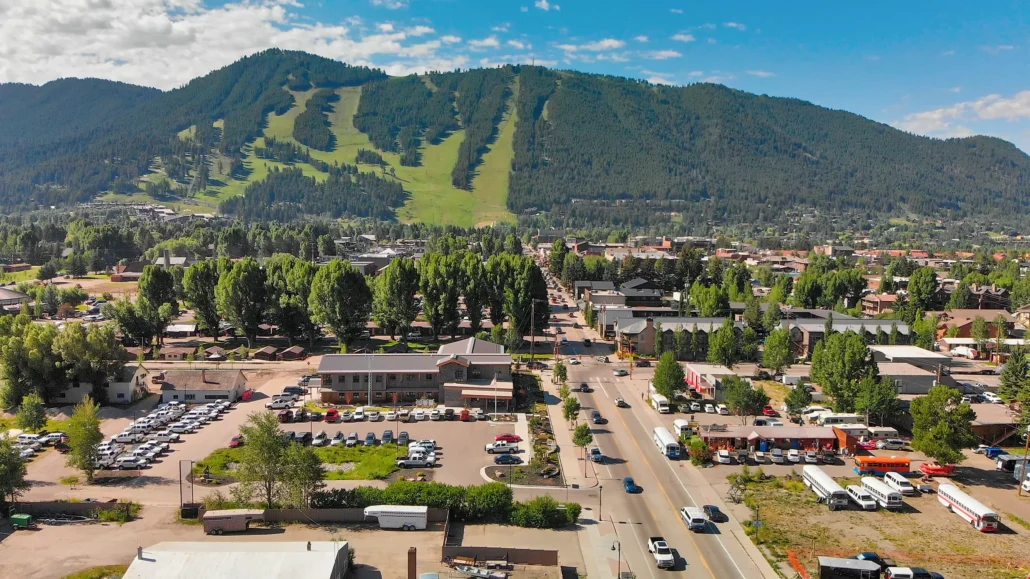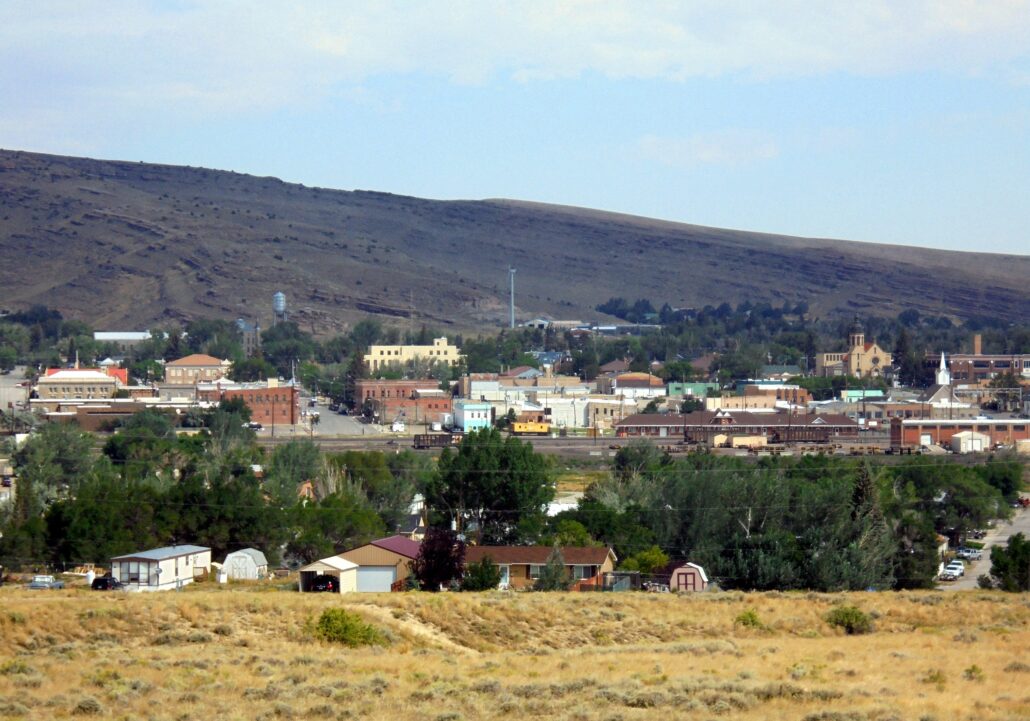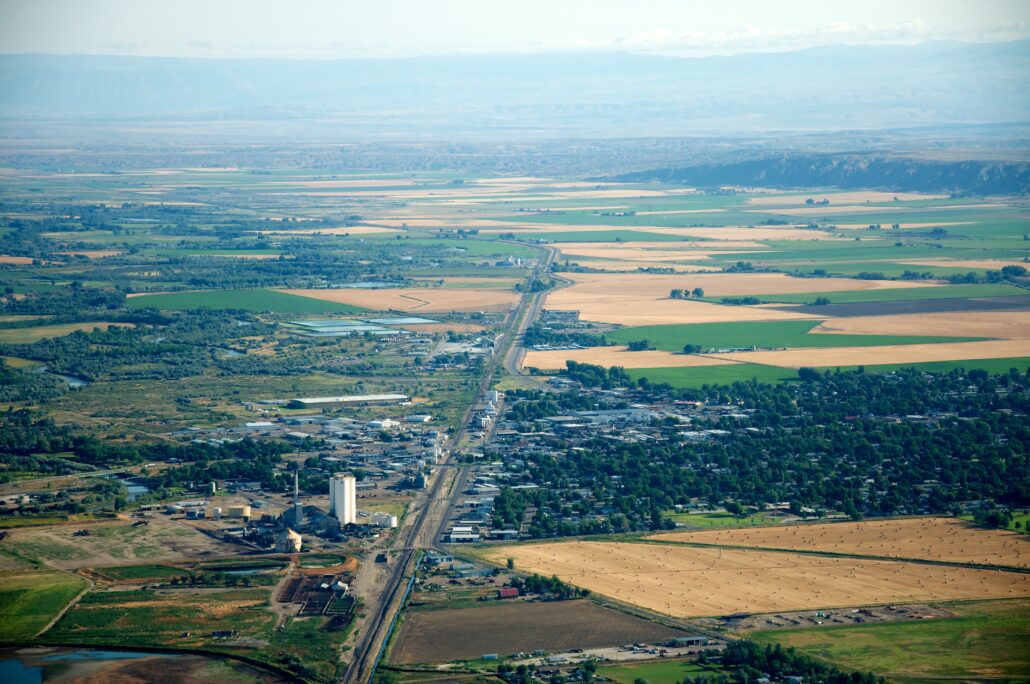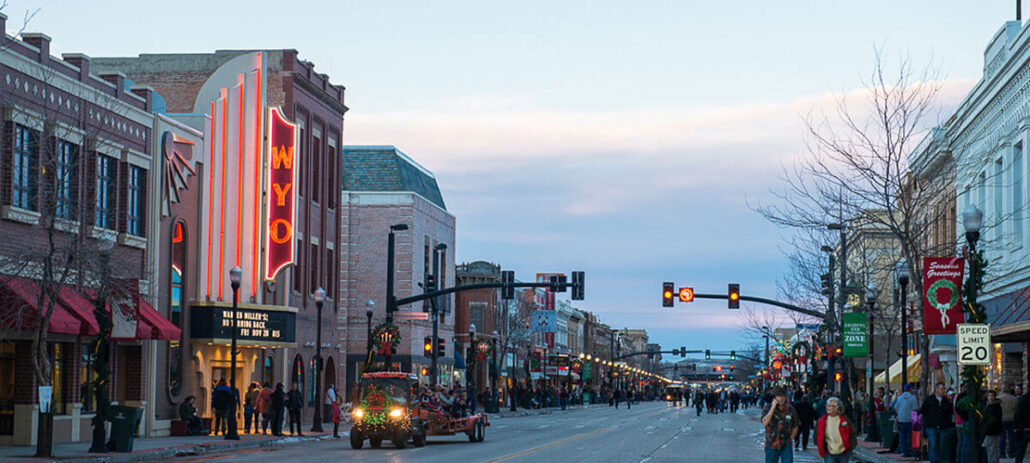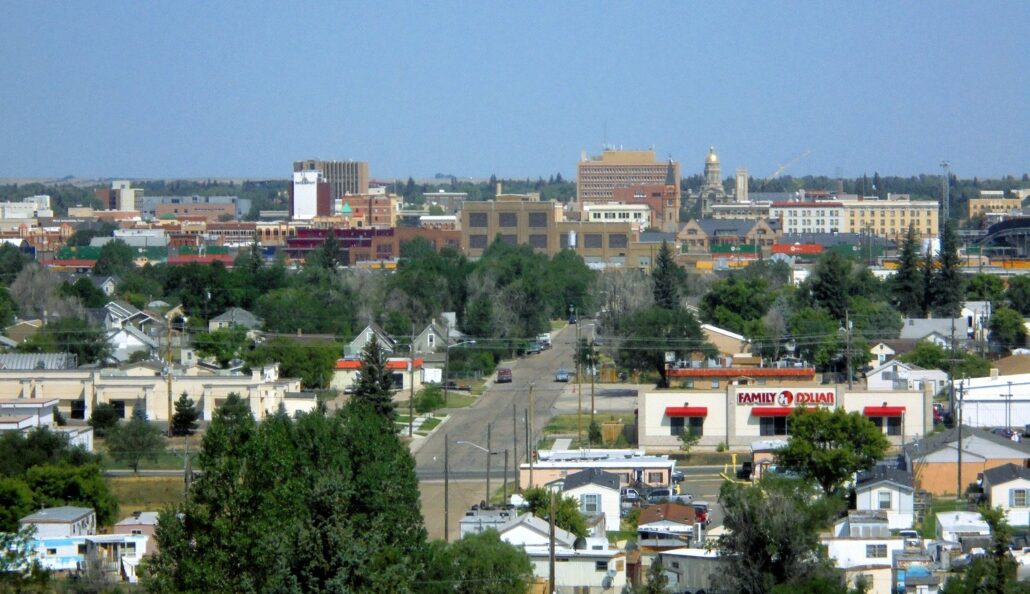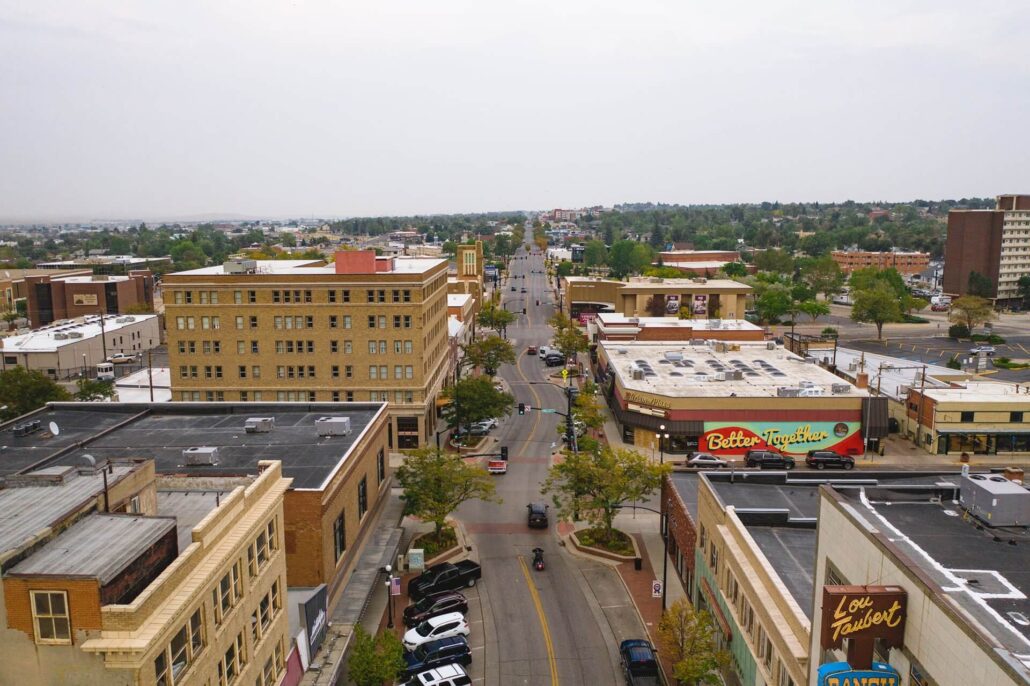Embracing New Beginnings at Halfway Houses in Hawaii
Hawaii is renowned for its stunning landscapes, vibrant culture, and the spirit of ‘Aloha’. Amidst this paradise, halfway houses in Hawaii provide essential support for individuals on their journey to recovery. These transitional homes are more than just shelters; they are communities fostering hope, resilience, and new beginnings.
Whether nestled in the bustling streets of Honolulu or the serene settings of Waianae, halfway houses in Hawaii offer a unique blend of therapeutic support and cultural richness. They serve as crucial stepping stones, bridging the gap between treatment centers and independent living. This article explores the significance of these facilities across key locations, delving into their impact on the local communities and the lives they transform.
The need for halfway houses in Hawaii has grown over the years, mirroring the increase in substance abuse and mental health challenges faced by many residents. These homes offer a structured environment where individuals can receive counseling, develop life skills, and build a supportive network. By examining the offerings and cultural contexts of halfway houses in Honolulu, Kailua, Kahului, Wahiawa, and Waianae, we can better understand their role in fostering long-term recovery and community well-being.
Halfway Houses in Honolulu: Recovery in the Heart of Hawaii
Honolulu, the capital city of Hawaii, is a bustling metropolis that harmoniously blends urban life with island charm. Known for its iconic Waikiki Beach, historic Pearl Harbor, and vibrant arts scene, Honolulu is also home to a diverse array of halfway houses. These facilities play a crucial role in helping individuals rebuild their lives, offering a safe and supportive environment for recovery.
The drinking culture in Honolulu, like many urban centers, is influenced by its vibrant nightlife, extensive dining options, and the constant influx of tourists. However, the city also boasts numerous support networks and recovery programs. Statistics show that Honolulu has seen a 15% increase in recovery facility admissions over the past five years, underscoring the growing need for these essential services. The halfway houses in Honolulu are pivotal in providing structured programs that help residents transition smoothly back into society.
Honolulu’s halfway houses offer a variety of services, including individual and group therapy, job training, and recreational activities. These programs are designed to address the diverse needs of their residents, many of whom are grappling with the aftereffects of addiction and the challenges of reintegration. The city’s commitment to supporting recovery is evident in its numerous community initiatives, which aim to reduce stigma and promote healthy lifestyles.
Halfway Houses in Kailua: Serenity and Support
Kailua, located on the windward coast of Oahu, is renowned for its stunning beaches, lush landscapes, and tranquil lifestyle. This serene setting offers an ideal backdrop for halfway houses dedicated to recovery. Kailua’s halfway houses provide a peaceful environment where individuals can focus on their journey towards sobriety, away from the hustle and bustle of city life.
The community in Kailua is tight-knit, with a strong emphasis on health and wellness. This ethos extends to its approach to recovery, where halfway houses integrate holistic therapies and community engagement into their programs. Residents can benefit from activities such as yoga, meditation, and outdoor excursions, which promote physical and mental well-being. Despite its small size, Kailua has reported a steady decrease in relapse rates, attributed to the supportive nature of its halfway houses and community initiatives.
The natural beauty and calm atmosphere of Kailua create an environment conducive to healing. The halfway houses here often collaborate with local health services and community groups to provide comprehensive care. The town’s recovery programs emphasize the importance of connection, encouraging residents to build relationships and participate in community events. This approach not only aids in recovery but also fosters a sense of belonging and purpose.
Halfway Houses in Kahului: Gateway to Maui’s Recovery Resources
Kahului, often considered the commercial hub of Maui, offers a unique blend of convenience and natural beauty. This town serves as a gateway for those seeking recovery on the island, with halfway houses that provide comprehensive support services. Kahului’s facilities are known for their robust outpatient programs and strong community ties.
Alcohol consumption in Kahului is often intertwined with its social and cultural activities. However, the town has made significant strides in promoting sober living through educational campaigns and community support groups. Data indicates that Kahului has experienced a 20% reduction in alcohol-related incidents over the past three years, reflecting the positive impact of its recovery programs and halfway houses.
Kahului’s halfway houses are equipped to handle a wide range of recovery needs, from substance abuse to co-occurring mental health disorders. These facilities offer personalized treatment plans, ensuring that each resident receives the care they need to achieve lasting recovery. The town’s proactive approach to substance abuse prevention and recovery support has made it a model for other communities in Hawaii.
Halfway Houses in Wahiawa: A Community of Care
Nestled in the heart of Oahu, Wahiawa is a small town with a big heart. Known for its agricultural roots and close-knit community, Wahiawa provides a nurturing environment for halfway houses. These facilities are integral in helping residents rebuild their lives, offering programs that emphasize personal growth, skill development, and community integration.
The drinking culture in Wahiawa is relatively subdued compared to larger cities, yet the town faces its own challenges with substance abuse. In response, Wahiawa has developed a network of support services that includes halfway houses, counseling centers, and peer support groups. Recent statistics reveal a 10% decline in substance abuse cases, highlighting the effectiveness of Wahiawa’s recovery initiatives.
Wahiawa’s halfway houses are deeply connected to the local community, often involving residents in volunteer work and community projects. This engagement helps individuals develop a sense of purpose and responsibility, which are crucial for long-term recovery. The town’s recovery programs also incorporate cultural elements, honoring the traditions and values of the local population to create a more relatable and effective support system.
Halfway Houses in Waianae: Hope on the Leeward Coast
Waianae, located on Oahu’s leeward coast, is known for its rugged beauty, rich cultural heritage, and strong sense of community. This area is home to several halfway houses that offer a lifeline to those in recovery. The halfway houses in Waianae focus on culturally sensitive programs that resonate with the local population, many of whom are Native Hawaiian.
Alcohol and substance use have historically been significant issues in Waianae, but the community has shown resilience in addressing these challenges. Programs in Waianae’s halfway houses often incorporate traditional Hawaiian practices, such as hula, lei-making, and ho’oponopono (a practice of reconciliation and forgiveness), providing a holistic approach to recovery. Statistics show a promising 18% increase in successful long-term recovery rates, showcasing the effectiveness of these culturally tailored programs.
The halfway houses in Waianae emphasize family involvement and community support, recognizing the importance of these elements in the recovery process. By fostering a sense of connection and belonging, these facilities help residents build strong support networks that are essential for maintaining sobriety. The community’s commitment to addressing substance abuse and supporting recovery is evident in the numerous local initiatives and partnerships with health organizations.
Building a Brighter Future in Halfway Houses in Hawaii
Halfway houses in Hawaii are more than transitional homes; they are sanctuaries of hope and renewal. From the bustling streets of Honolulu to the serene shores of Kailua, these facilities provide the support and resources needed for individuals to rebuild their lives. The impact of halfway houses extends beyond individual recovery, fostering stronger, healthier communities throughout the islands.
As Hawaii continues to embrace and support those on their recovery journey, the importance of halfway houses cannot be overstated. These homes embody the spirit of ‘Aloha’, offering compassion, understanding, and a pathway to a brighter future. Whether in Honolulu, Kailua, Kahului, Wahiawa, or Waianae, halfway houses in Hawaii are a testament to the power of community and the possibility of new beginnings.
The journey to recovery is often challenging, but with the support of halfway houses, individuals can find the strength and resources they need to overcome their struggles. Hawaii’s commitment to fostering a supportive and inclusive environment for recovery reflects the island’s deep-rooted values of compassion and community. By continuing to invest in these essential facilities, Hawaii can ensure that all its residents have the opportunity to thrive and lead fulfilling lives.
Primary Service: Substance Abuse Treatment Services
Address : 730 Lanai Avenue, Lanai City, 96763
Primary Service: Drug and Alcohol Dependency Treatment
Address : 98-1276 Ulune Street, Aiea, 96701
Primary Service: treatment program for chemical dependency
Address : 45-3544 Mamane Street, Honokaa, 96727
Alaume House
(1)Primary Service: Substance Use Disorders Program
Address : 2535 Alaula Way, Honolulu, 96822
Primary Service: Substance Use Disorders Program
Address : 89-980 Nanakuli Avenue, Waianae, 96792
Primary Service: Substance Use Disorders Program
Address : 91-884 Fort Weaver Road, Ewa Beach, 96706
Primary Service: Recovery Related Service
Address : 42-471 Kalanianaole Highway, Kailua, 96734
Primary Service: Mental Health Services
Address : 91-5007 Kapolei Parkway, Kapolei, 96707
Primary Service: Substance Abuse Treatment Services
Address : 46-155 Kamehameha Hwy, Kaneohe, 96744
Primary Service: Substance Use Disorders Program
Address : 970 North Kalaheo Avenue, Kailua, Kailua
